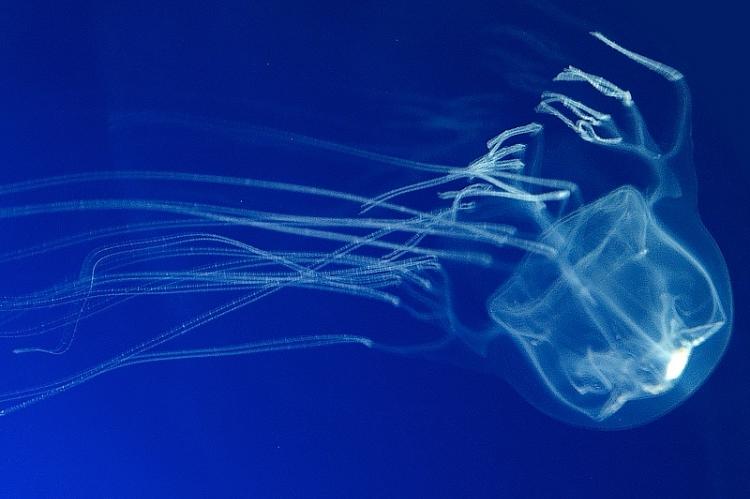1 minute
Deadly jellyfish blooms can be predicted
Monitoring wind conditions could provide advanced warning of the presence of Irukajdji jellyfish. An analysis by Australian scientists found that most Irukandji stings occurred during the summer when south-easterly trade winds along the shore were less persistent
Irukandji jellyfish are quite small but extremely venomous jellyfish that inhabit marine waters of Australia. Irukandji syndrome is produced by a small amount of venom, and victims usually require hospitalisation. When properly treated, a single sting is normally not fatal, but two people in Australia are believed to have died from Irukandji stings in 2002.
Jellyfish are not strong swimmers and their movements are largely directed by current and waves. Each year 50-100 people are hospitalised in Australia due to stings from irukandji jellyfish as the tiny and transparent jellyfish is almost impossible to spot.
Currently beach closures and other warnings are based on confirmed Irukandji stings or sightings - a strategy that is both costly for the tourism industry and relies on some people being stung.
The connection between stings and wind conditions could indicate that interventions based on wind monitoring might be a more effective strategy for reducing stings.
Our ultimate aim is to predict when and where they are most likely to occur and use it to prevent stings,



